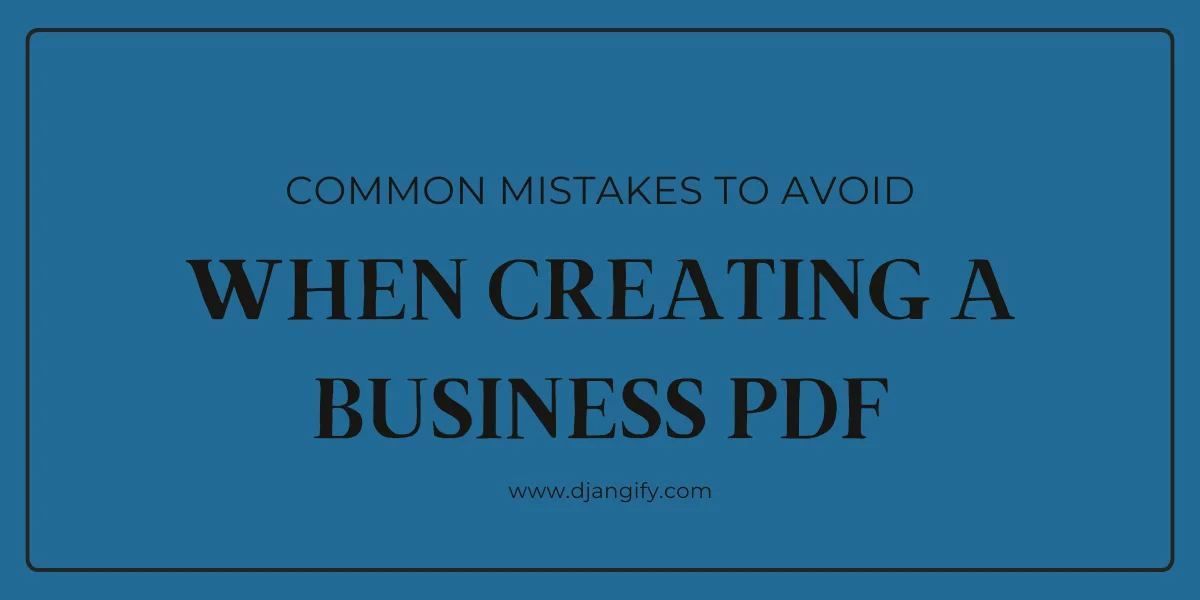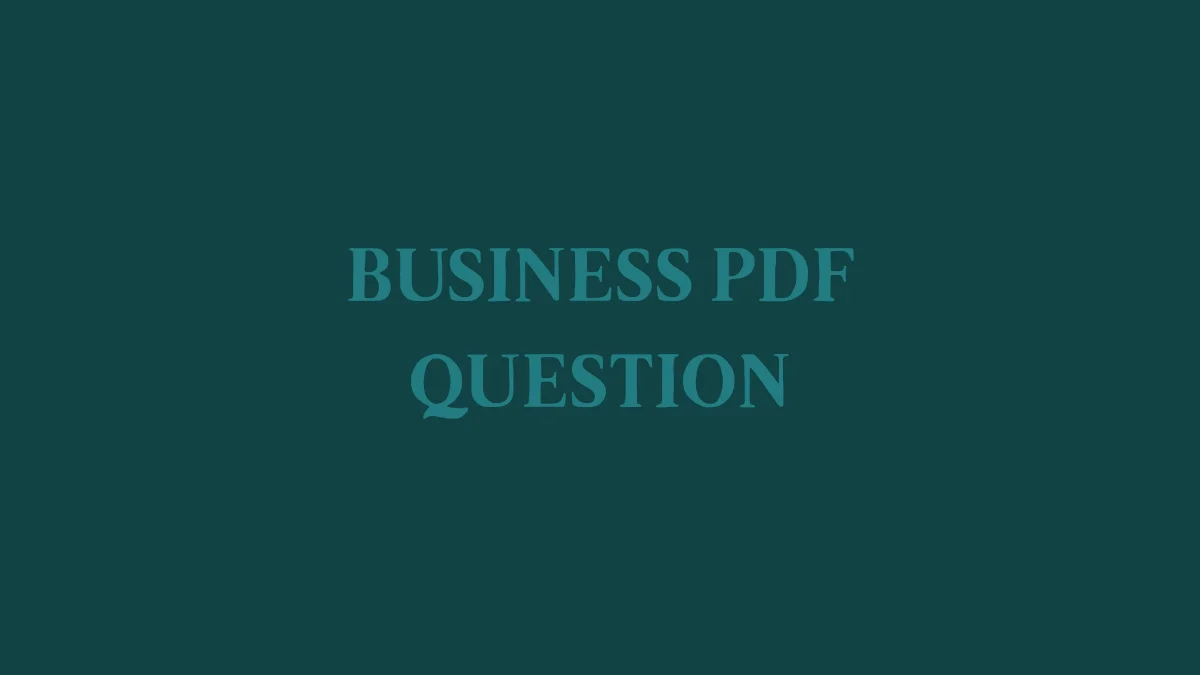A well-designed PDF can be one of the most powerful tools in your business. But if it is poorly executed, it can have the opposite effect, making your expertise look rushed, outdated, or confusing. Many small business owners dive into PDF creation without a clear plan and end up with a document that doesn’t convert, doesn’t get read, or simply gets ignored. Here are the most common mistakes you’ll want to avoid and what to do instead.
1. Trying to Cover Too Much at Once
One of the biggest mistakes is turning a PDF into a mini-encyclopedia. Overstuffed content overwhelms readers and makes the document feel like hard work rather than help.
How to avoid this:
- Focus each PDF on one specific problem or outcome.
- If you have multiple topics, create a series instead of one bloated guide.
- Use clear headings so readers can scan for the parts most relevant to them.
2. Skipping Professional Design
Even the most valuable content can lose impact if it’s presented in a dull or cluttered layout. DIY tools are helpful, but if the design doesn’t align with your brand, the PDF won’t leave a lasting impression.
How to avoid this:
- Stick to your brand colours, fonts, and logos for consistency.
- Use white space generously — crowded pages discourage readers.
- Add visuals that enhance clarity, not distract.
3. Forgetting the Call-to-Action (CTA)
A surprising number of PDFs end with nothing more than a “thank you.” That’s a wasted opportunity. A PDF should move readers further into your business, not leave them at a dead end.
How to avoid this:
- Include CTAs at the end of each section.
- Use links, buttons, or highlighted text that make next steps obvious.
- Always end with one strong final CTA (e.g., “Book a Free Call” or “Shop Now”).
4. Making It Hard to Read or Use
Dense text, long paragraphs, and walls of information kill engagement. A business PDF is not a textbook, it should be simple, skimmable, and user-friendly.
How to avoid this:
- Write in short, clear sentences.
- Use bullet points and numbered lists for key takeaways.
- Add summaries or checklists at the end of sections.
- Test readability: could someone skim your PDF in 5 minutes and get the main points?
FAQs: Common Mistakes in Business PDFs
Can a PDF be too short?
Yes, but it depends on the purpose. If your PDF is only 2–3 pages, it may not feel substantial enough to position you as an expert. For free lead magnets, aim for 8–12 pages, and for paid guides or workbooks, 20–40 pages is ideal. Shorter is fine for a checklist, but always ensure it delivers clear value.
Is using Canva templates a mistake?
Not necessarily. Canva is an excellent starting point, but relying on generic templates without adapting them to your brand can make your PDF look like everyone else’s. The key is customisation. Use templates as a base, but add your own colours, fonts, and layout tweaks so your PDF feels unique and professional.
What’s wrong with giving away too much content?
If your PDF tries to solve every problem, readers may feel satisfied without taking the next step with you. The goal isn’t to give away everything, but to showcase your expertise in a way that builds trust and naturally leads readers to your services. Solve one clear problem, then point to the next step.
Can a PDF damage my reputation?
Unfortunately, yes. A poorly designed, confusing, or error-filled PDF can make you look less credible. Remember, a PDF is often someone’s first impression of your business. If it looks unprofessional, readers may assume the same about your services. Investing in quality ensures your PDF enhances your reputation rather than harms it.
Checklist: Avoid These Common PDF Mistakes
- Keep each PDF focused on one clear problem or outcome.
- Avoid bloated documents, split into series if needed.
- Stick to consistent brand colours, fonts, and style.
- Leave enough white space for easy readability.
- Add visuals that clarify, not clutter.
- Include CTAs throughout, not just at the end.
- Write short, scannable sections with bullet points.
- Review grammar, spelling, and flow before publishing.


